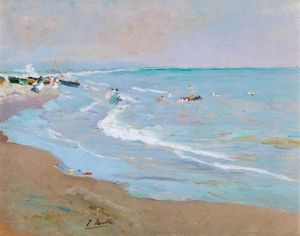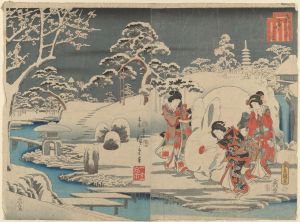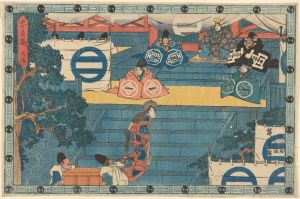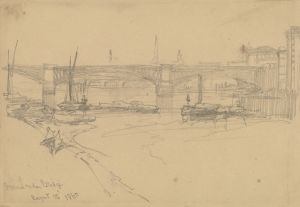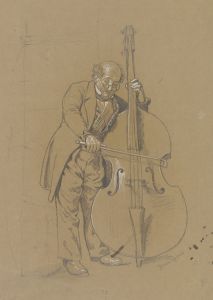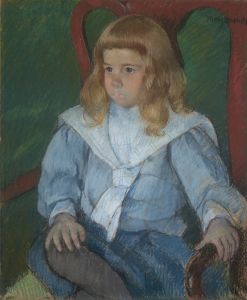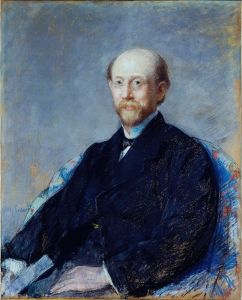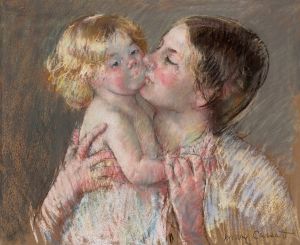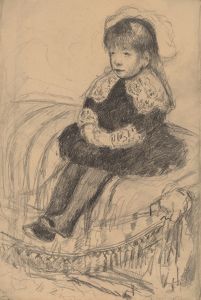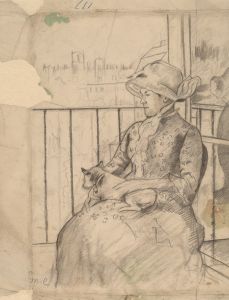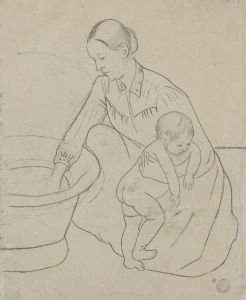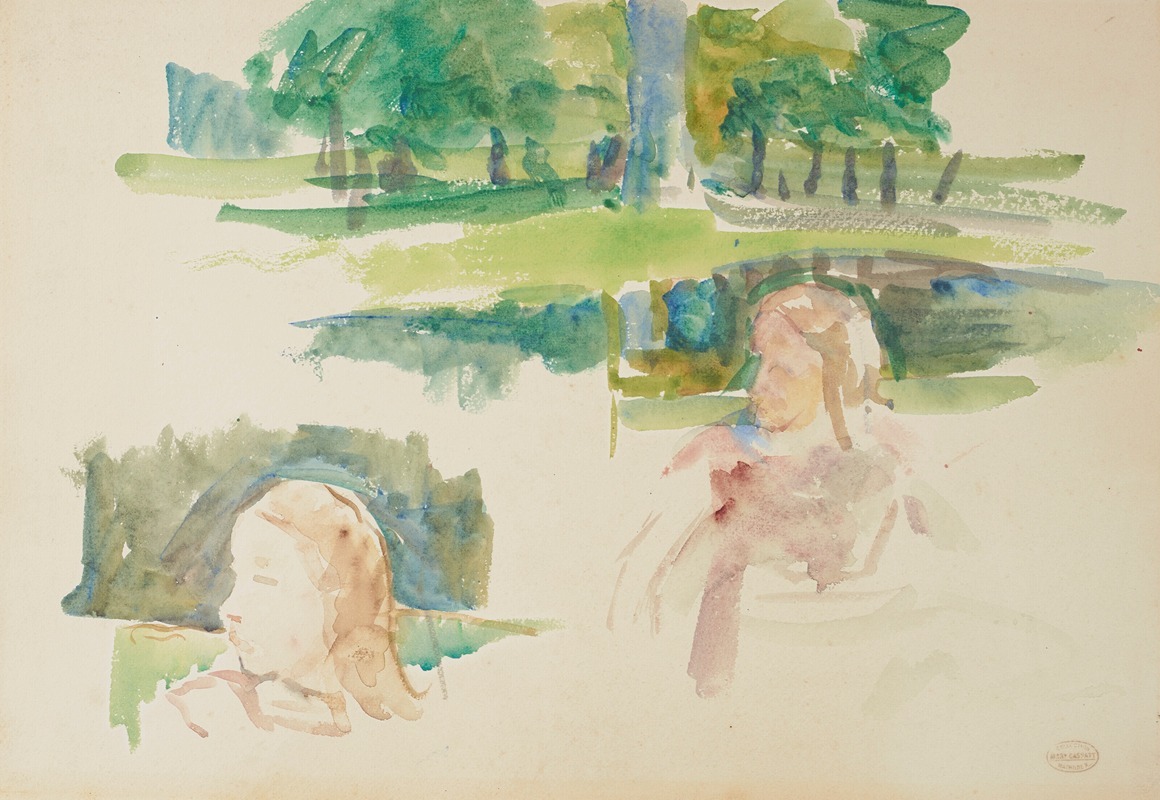
Étude de paysage à la rivière et d’enfants
A hand-painted replica of Mary Cassatt’s masterpiece Étude de paysage à la rivière et d’enfants, meticulously crafted by professional artists to capture the true essence of the original. Each piece is created with museum-quality canvas and rare mineral pigments, carefully painted by experienced artists with delicate brushstrokes and rich, layered colors to perfectly recreate the texture of the original artwork. Unlike machine-printed reproductions, this hand-painted version brings the painting to life, infused with the artist’s emotions and skill in every stroke. Whether for personal collection or home decoration, it instantly elevates the artistic atmosphere of any space.
Mary Cassatt, an American painter and printmaker, is renowned for her contributions to the Impressionist movement, particularly for her depictions of the intimate lives of women and children. However, specific information about a work titled "Étude de paysage à la rivière et d’enfants" by Mary Cassatt is not readily available in existing art historical records or catalogues. Cassatt's oeuvre primarily focuses on domestic settings and the bond between mothers and children, often set in interiors or gardens, rather than expansive landscapes or river scenes.
Cassatt was born on May 22, 1844, in Allegheny City, Pennsylvania, and spent much of her adult life in France, where she became associated with the Impressionists. She was invited by Edgar Degas to exhibit with the Impressionists, and she participated in several of their exhibitions from 1879 onwards. Her work is characterized by a delicate yet bold use of color and a keen observation of her subjects, often capturing fleeting moments of everyday life.
While Cassatt did create some landscape studies, these were not the primary focus of her work. Her landscapes often served as backgrounds to her portraits and genre scenes rather than standalone subjects. Her artistic focus was more on capturing the nuances of human interaction and the subtleties of light and color in domestic settings.
Cassatt's technique was influenced by her study of the Old Masters and her exposure to contemporary French art. She was particularly inspired by the works of Degas and the Japanese prints that became popular in Paris during the late 19th century. These influences are evident in her use of asymmetrical compositions and her emphasis on line and form.
Cassatt's legacy is significant in the context of both American and European art history. She was one of the few American artists to be directly involved with the Impressionists, and her work helped pave the way for future generations of female artists. Her paintings are held in major collections worldwide, including the Metropolitan Museum of Art in New York, the Art Institute of Chicago, and the Musée d'Orsay in Paris.
In summary, while Mary Cassatt is a pivotal figure in the Impressionist movement, specific details about a painting titled "Étude de paysage à la rivière et d’enfants" are not documented in the available literature on her work. Cassatt's artistic achievements remain influential, celebrated for their insight into the private lives of women and children and their innovative use of color and composition.





